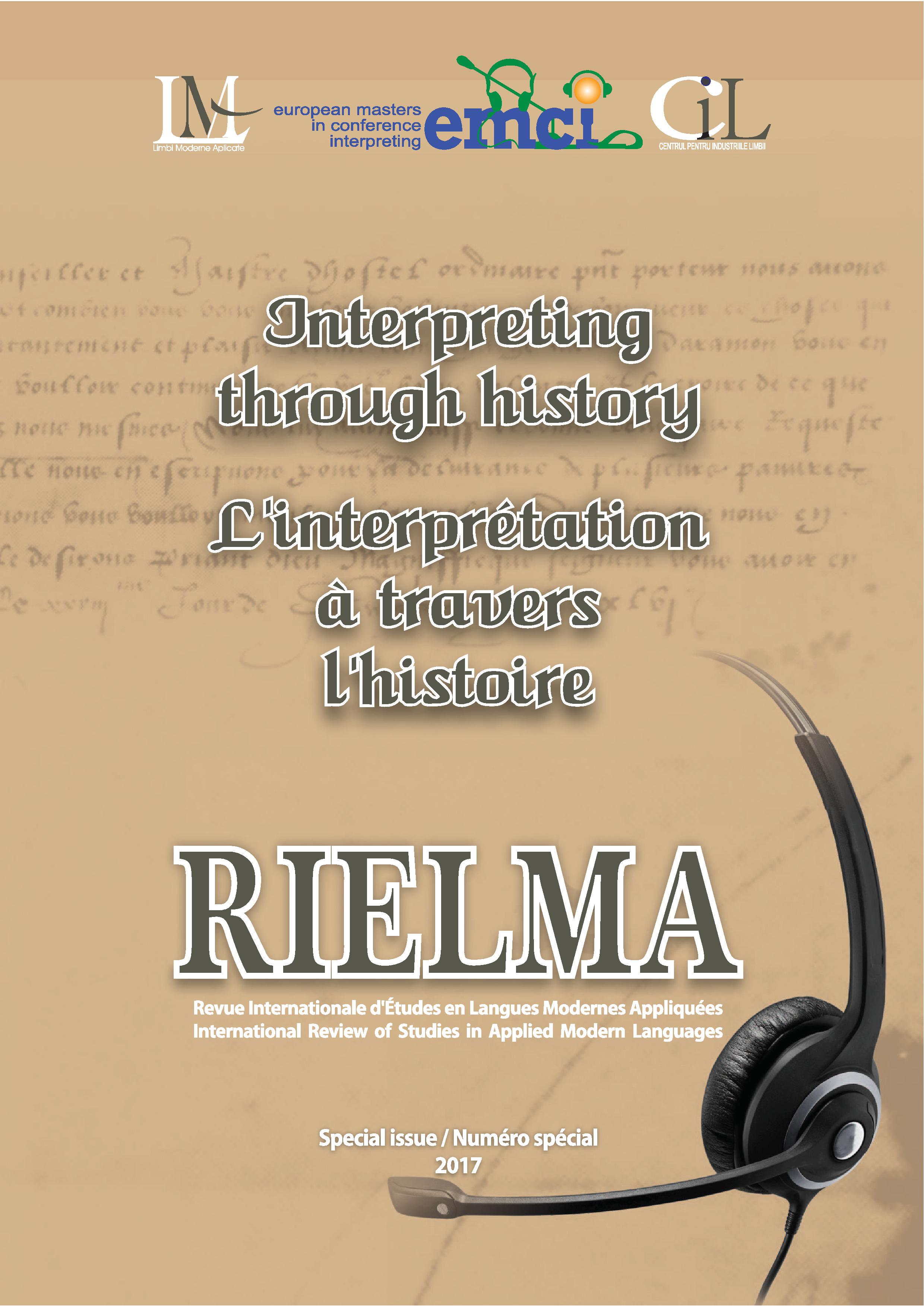Débuts de l’interprétation en Transylvanie
The Beginnings of Interpreting in Transylvania
Author(s): Renata Georgescu, Călin FelezeuSubject(s): Cultural history, Diplomatic history, Translation Studies
Published by: Risoprint
Keywords: kapikâhya; dragoman; interpreter; history; diplomatic mission;
Summary/Abstract: Although it is now widely accepted that interpreting is oneof the oldest professions in the world and that, like translation, it accompanied and made possible the evolution of human society, there is little written evidence about the way in which it was practised historically. The territory inhabited by Romanians had many rulers throughout history and its history has been written with varying levels of bias. Therefore, the discovery of 16th century Ottoman and Hungarian documents that mention the creation of institutionalised interpreter training in Transylvania like those in France, England, Venice and Russia is interesting both for historians and interpreters who want to know how the profession was perceived by society. A collaboration between a historian and an interpreter, this article aims to contribute to a better understanding of the history of interpreting in Transylvania.
Journal: Revue Internationale d'Études en Langues Modernes Appliquées
- Issue Year: 10/2017
- Issue No: Special
- Page Range: 88-96
- Page Count: 9
- Language: French

